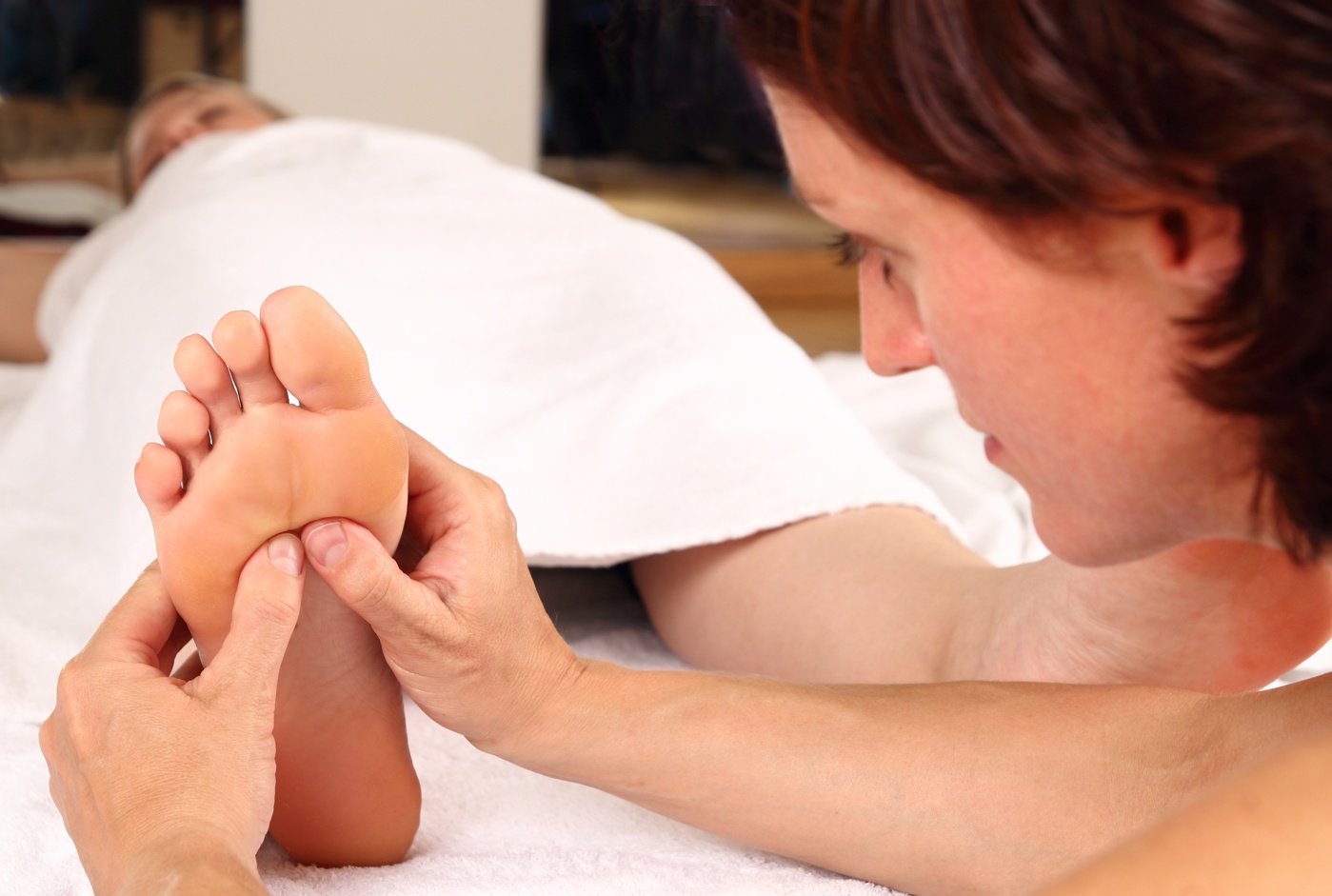What does everyday working life in foot reflexology look like?
During the introductory consultation and an initial massage, the certified foot reflexology therapist will gain an overview of the client's situation and wishes. Any minor complaints are also recorded. He/she checks for possible contraindications or risks and then determines together with the client which treatment goals are to be pursued.
During the actual treatments, the foot reflexology therapist (certified) works on the key points and reflex zones on the foot using special grip and pressure techniques to stimulate or calm the body's organs as desired. The aim is always to stimulate the self-healing powers of the body and the soul. During the massage, the therapist observes any reactions that occur and adapts the treatment accordingly.
The number, duration and intervals between treatments can be adjusted according to the course of therapy. A series of treatments is concluded with a final consultation and the therapist completes the treatment documentation and issues an invoice.

